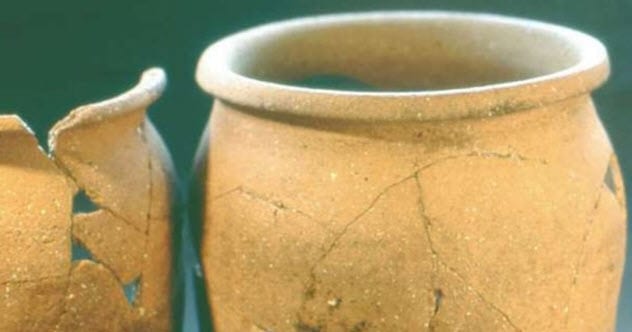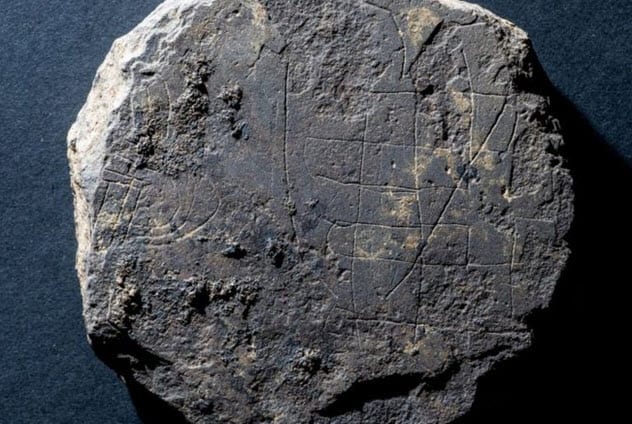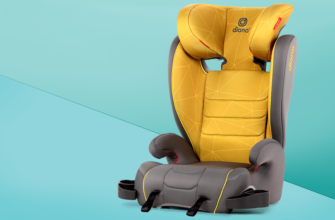A thousand years, or roughly from the year 500 to the year 1500, were devoted to the European Middle Ages. This period saw a great deal of history, yet textbooks frequently fall short of connecting the present with the past in the same way that artifacts do.
Items like cheating in games, carrying firearms, and cheese addiction serve as evidence that some things never change. The more bizarre aspects of medieval life, such as the three-person toilet and the nun who left her convent by pretending to die, were also recorded through medieval artifacts.
10 Medieval Peasant Diet

The meals of the English elite are well documented when it comes to medieval munchies. However, the peasantry’s menu was so inadequately documented that scholars were unsure of what individuals consumed. There was no concrete proof, but pottages and stews were undoubtedly their staple foods.
To check for food residues in 2019, 73 frying pots underwent chemical analysis. The 500-year-old vessels originated from West Cotton, a medieval settlement. Many of the jars contained fat, indicating the importance of ceramics in medieval cooking as well as the fact that stews and pottages were a mainstay for peasants.
Meat, such mutton and beef, was one of the ingredients. Additionally, there were signs of green vegetables like leek and cabbage. The meat-and-cabbage stew was a crucial discovery. Elite kitchens hadn’t seen anything like.
The paucity of fish was the biggest surprise, but the vessels did show how much the residents loved dairy. Milk-derived items occupied over a fifth of all the pots. Scientists were able to create a “cookbook” that detailed meals, butchering and preparation methods, and the disposal of trash after combining this new knowledge with animal remains from West Cotton.
9 The Aberdeenshire Game Board

The Book of Deer is said to be the earliest Scottish manuscript. The illuminated book, which was written by monks in the tenth century, includes the first Scottish Gaelic writing. Since 2008, archaeologists have been trying to locate the writers’ monastery. The Monastery of Deer, as its name suggested, was situated somewhere in Aberdeenshire.
2018 saw the discovery of a game board by a team working on freshly discovered ruins. The relic was a rare find in and of itself. It was made of stone and had a disk-like form, and its themes suggested that it was used to play a variety of games that were common in medieval Scandinavia and Ireland.
The layers underneath the relic were what really interested archaeologists. The same as charcoal bits discovered there, they belonged to the seventh and ninth centuries. This demonstrated that at least some of the remains were in use during that time, with people playing a game there.








